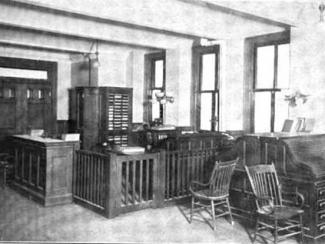
In 1899, Chicago became the first city in the world to have a juvenile detention system. Created by a group of women hoping to keep children out of dangerous prisons with adults, they called it “parental court.”
A noble effort – but like most “justice” systems in the U.S., it backfired quickly.
Youth incarceration didn’t actually prevent crime. And by the modern era, Black children like Mariah were getting overwhelmingly sucked into it – more than 4x as much as white kids.
It turns out jailing kids in a different building than adults doesn’t actually address the root causes of crime, like poverty.
The U.S. incarcerates more of its youth than anywhere else in the world. And, as of 2014, the country spends $88,000 per incarcerated child – or $6 billion a year in our tax dollars – on juvenile detention itself.
Imagine if that money went to these childrens’ livelihoods so they wouldn’t have to steal? Or medical care and education, so they could get drug treatments? Or restorative justice programs, so they could learn to resolve conflicts without violence?
This country doesn’t spend it on those things, though, because it isn’t interested in rehabilitating our children. It wants to raise them in a dehumanizing system as kids to prepare them for a life of exploitation as incarcerated adults.